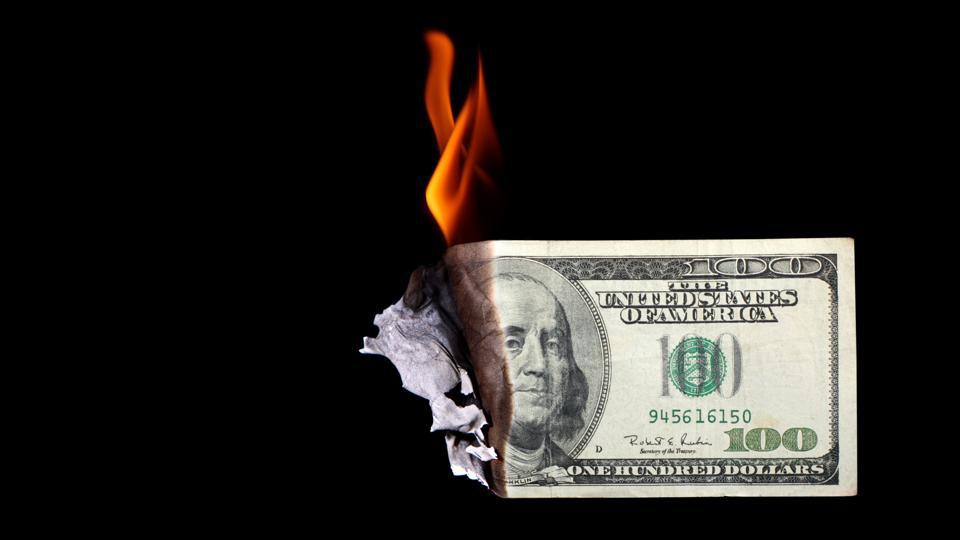But Why, Though?
Several challenging problems have struck technology at once, along with the reversing of several variables that previously supported it significantly. This has resulted in tech undercutting the economy. As the Fed raises interest rates, Russia’s conflict in Ukraine hurts the market, inflation tightens pockets, shutdowns in China delay the turnaround, the distribution network stays cracked, as well as some challenging transitions — like Apple’s anti-tracking adjustments in iOS — are transforming creative devastation into blatant ruination. A large part of the IT sector’s development may be traced back to a zero-interest-rate strategy implemented by the Federal Reserve. When interest rates were almost zero, traders preferred riskier ventures with long-term rewards since cash was basically worthless. There were irrational bets on idea firms like Rivian as a result of this. Platform firms, particularly the internet giants, saw their stock prices rise, which spoke well for future profits. As a result, the value of technology companies soared, and by 2021, the S&P 500 would include over a quarter of the companies in this sector.
Once interest rates began to rise, the prospect of rewards on cash resurfaced. Profits and opportunity prices become far more important as a result. Immediately after this rise, investors rushed out of tech equities. NASDAQ fell by 5% last month, whereas the DOW dropped ‘just’ 3% of its value over the same time period. Fed statements prompted VC David Sacks to say, “Investor sentiment in Silicon Valley is the most bearish since the dot-com crisis.” The conflict in Ukraine has only made things worse for IT companies looking to expand. As corporations refuse to do operations in Russia and delivery delays materialize, the conflict has caused financial turmoil – in Europe and throughout the world. Tech businesses all across the world are grappling with this problem. It was until the battle started that Snap Inc. announced it was on pace to meet analysts’ first-quarter expectations. There was a similar sentiment from Meta. Due to the loss of roughly 1 million customers and the first-ever quarterly decline in Netflix subscribers, Netflix ceased operations in Russia in February. Netflix’s stock price has subsequently plummeted as a result.
Another factor leading consumers to consider spending less is inflation, which rose to 8.5% a couple of months ago. Luxurious payments such as Netflix, which forecasts to lose another 2 million members next quarter, may be hit by the proposed cutbacks, and fintech firms, particularly those serving online enterprises, may be particularly hard hit. Investors dumped Shopify’s shares after it failed to meet Wall Street’s sales expectations in the company’s first-quarter reports. Shopify predicted that this year’s gross margins will be impacted negatively by inflation. Action will ensue when the value of tech stocks declines. Despite the fact that the largest corporations should be equipped to weather the storm, we might witness a similar wave of workforce departures, layoffs, and acquisitions as that of Twitter. Technology has the potential to recover, however, there are so many factors pushing against it that the only reasonable assumption is greater turbulence at this point.

